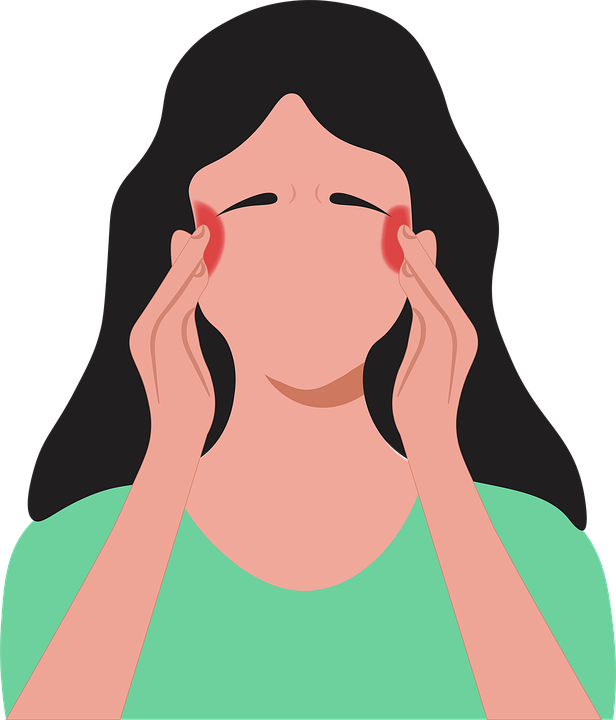Alleviating headaches and migraines with cannabis is a well-known practice, with surveys and anecdotal evidence pointing to significant decreases in symptom severity and frequency. [1] For many users, cannabis serves to lower the need for traditional migraine medications.
Studies on cannabinoids’ efficacy against migraines and headaches in rat models have been promising. However, there are few randomized, double-blind studies of cannabinoid treatment of headaches and/or migraines.
With this in mind, a 2019 study evaluated “a large archival dataset obtained from the medical cannabis app Strainprint.” [1] The app allows patients to track changes in headache and/or migraine before and after cannabis use, serving as a dynamic quantification method for the perceived efficacy of cannabis.
The present study had three objectives.
The main objective was to determine if inhaled cannabis decreased headache and migraine severity. The second goal was to examine the factors behind potential decreases, such as gender, type of cannabis, cannabidiol (CBD) and tetrahydrocannabinol (THC) content, and dose. The third aim was to explore the development of tolerance to therapeutic effects.
“Tolerance to cannabis among chronic cannabis users has been well-documented, and the phenomenon of medication overuse headache, which occurs in approximately 15% of migraine patients, may be related to the development of tolerance to migraine medications.”
The final data that provided a representative sample was as follows: regarding headaches, it came from 1,306 cannabis users and a collection of 12,293 entries in the app to track changes, whereas for migraines, data came from 653 users and 7,441 collective entries. The data spans a 16-month period.
Noteworthy Results
Cannabis decreased headache and migraine severity by 47% and 50%, respectively— aligning with the aforementioned evidence from surveys and anecdotes.
Men reported a slightly higher rate (reaching significance) of successful sessions for headaches—91% compared to 89% for women. Successful sessions for migraines were similar at 87% for men and 89% for women.
Conversely, women reported a higher rate (reaching significance) of sessions that led to headache symptom exacerbation at 3% compared to 2% for men. The rates of migraine exacerbation were similar at nearly 3% for both women and men.
“Results also revealed no effects of dose of inhaled cannabis on change in headache/migraine severity. These results may reflect the tendency for cannabis users to self-titrate once optimal effects are achieved.”
Lastly, while repeated cannabis use appeared to result in increased tolerance (increased doses over time for headache/migraine), it didn’t cause the medication overuse headache associated with conventional medications (no worsening of baseline condition). This means that while cannabis dosage may have to increase over time to deliver the same efficacy against headaches and migraines, it shouldn’t make them worse over time.
The researchers conclude, “Future double-blind, placebo controlled clinical trials are warranted and will help to rule out placebo effects and provide a more controlled examination of dose, type of cannabis, THC, CBD, and THC x CBD interactions.” [1]
References:
- Cuttler C, et al. Short- and long-term effects of cannabis on headache and migraine. The Journal of Pain. 2019;21(5–6):722−730. Journal Impact Factor = 4.621; Times Cited = 4 (Semantic Scholar)
Image Credits: HaticeEROL / Pixabay








